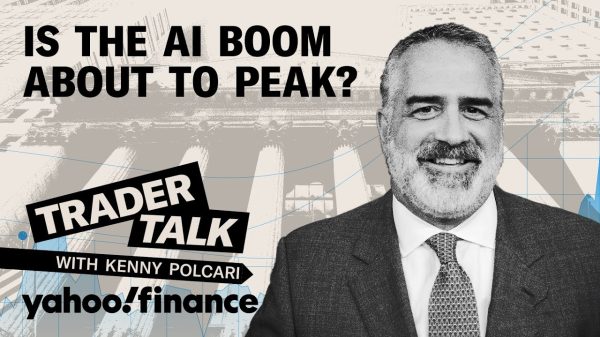With inflation easing and talk of a “Goldilocks scenario” abundant, banks might be tempted to think that the economic tides have turned. At the risk of outing myself as a banking Cassandra, I must point out that there are very good reasons why risk could be poised for a comeback later this year and into 2024, via a rise in consumer delinquencies.
Finances are stretched today, and more consumers are falling behind on loan or credit card payments. The pandemic boost from government stimulus and a pause on student loan payments in the U.S. are shrinking in the rearview as more consumer credit scores slide back into sub-prime territory.
While inflation seems to be easing, interest rates are showing no sign of coming down, which means everything from auto loans to credit card payments to mortgages are more expensive. Federal Reserve data from July revealed that U.S. credit card debt reached record highs this summer. Meanwhile, a record 16% of American consumers now pay at least $1,000 a month for their cars, with the percentage of borrowers 60 days late on vehicle payments higher today than it was at the peak of the Great Recession.
This problem extends beyond America. Consumers in the UK, Canada and Australia all face similar challenges to the ones described above and inflation in Europe has yet to break.
And if we look to the near future things don’t look much rosier, with the pause on U.S. federal student loan payments and interest slated to end in October, and the well-publicized stress in commercial real estate as loan maturities loom closer in North America.
In short, the oldest risk in banking looks poised to make a comeback. Moody’s seems to agree, as it cut the credit ratings of several small- and mid-sized American banks this summer and warned that it may downgrade some of the biggest lenders due to concerns about credit risk. As of today, the delinquencies on auto loans, credit cards and consumer loans are at their highest level in a decade.
How can banks respond and help their customers?
Banks are used to dealing with credit risk, of course. Many leaders today will remember the days of “dialing for dollars” during the last major collections cycle, which was caused by the Great Recession.
But there are two major differences this time.
The first is the cause of the cycle. The round of collections in front of us today won’t be caused by job losses but by an inability to pay due to rising interest rates. Historically, credit card delinquencies and default rates have been highly correlated with the unemployment rate, but that’s not likely to be the case in this upcoming cycle.
The second is the way we live. Consumers have gone fully digital and embraced banking on their mobile phones. Banks can’t overlook that this is going to be a digital collections cycle, not one built on the rotary phone.
Any bank that thinks phone calls are the first path to reaching customers is probably going to be the last to be paid. It used to be first called, first paid. This time around the calls may never be answered.
In this post-digital environment, the collection techniques that worked well during the Great Recession might as well be from the Stone Age. As a result, banks will need to collaborate with their marketing departments and look to handle delinquencies differently, and with empathy. Banks can harness marketing tools that leverage behavioral economics to understand their customers’ situations and use the right conversational language to help solve their problems, whether it’s through chats in their banking app, text reminders, or other digital channels.
A cutting-edge digital outreach strategy is obviously a must, but even the best approach using modern tools will fall short if those tools are wielded with yesterday’s mindset.
Proactively reaching out in a spirit of empathy and collaboration will, I suspect, pay dividends in the long run far beyond a more aggressive and punitive collections strategy. Squeezing a customer in crisis to pay their mortgage instead of their credit card might help your bottom line today. But helping that same customer actually solve their financial problems, perhaps by restructuring their loan or connecting them with a debt consolidation tool at your bank, can turn them not only into a customer for life but also into an evangelist for your brand.
As the saying goes, you catch more flies with honey than with vinegar.
And on the bright side, the tools banks have to proactively identify customers at risk of default have never been more powerful.
The trillion-dollar question, I think, is whether they will figure out how to best use them.
Read the full article here









